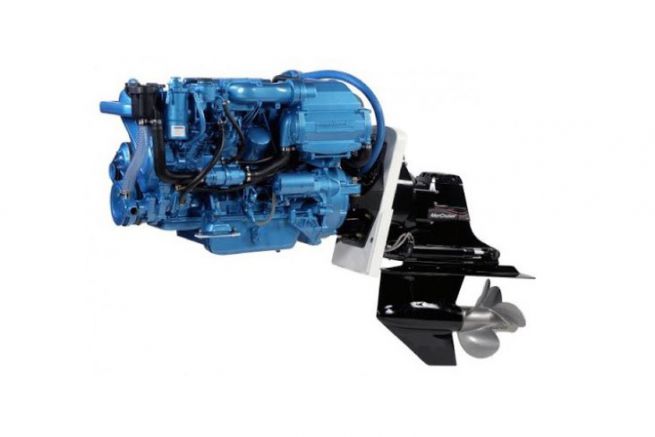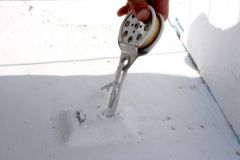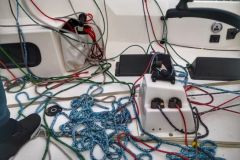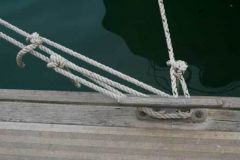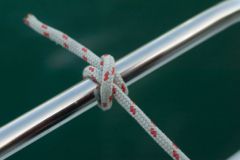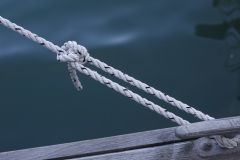Limit the effects of masking
The key point for submerged propellers is to limit the disturbance of water flow over the blades. Thus the flow of water that feeds the propeller must flow uniformly in the same direction: scientifically, this is called laminar flow, as opposed to turbulent flow: i.e. swirling.
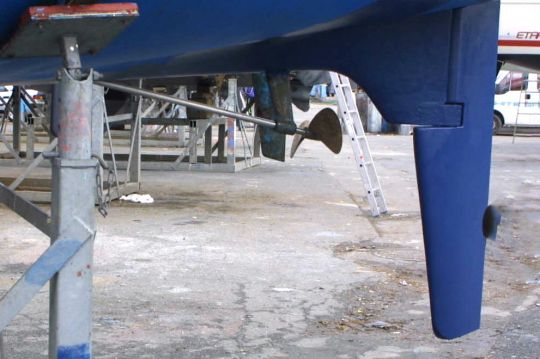
Propellers mounted on a conventional shaft line are particularly subject to the disturbances created by the chair, keel or stern (for sailing boats). Therefore a good positioning and a quality profiling of these appendages allow to limit the disturbance of the water flow on the blades. This phenomenon called masking can unbalance the propulsion and can be amplified with a 3-bladed propeller. Switching to a 4-blade propeller can be a good investment, as having opposing blades limits the effects of turbulence.
Namely: the consequence of a high degree of masking is an increased risk of cavitation, a phenomenon which progressively destroys the blades.
Ventilation
In motorboating, limiting the ventilation effect is crucial. In a very synthetic way, a propeller ventilates when the blades are fed with a mixture of water and air. This phenomenon can often occur in tight turns at high speed, it materializes by a runaway of the engine speed and a loss of speed.
Rare on shaft-line motorboats since the propeller is submerged, usually the distance between the water surface and the upper end of the blades is sufficient. To manage this phenomenon as well as possible, the installation of outboard or Z-drive propulsion systems must respect certain rules.
The anti-cavitation plate
The outboard and base have the particularity of having horizontal fins above the propeller, commonly known as anti-cavitation plates, which mainly avoid the effect of ventilation. In theory, to be effective, the plate must be aligned at the bottom of the hull for a single-engine boat.
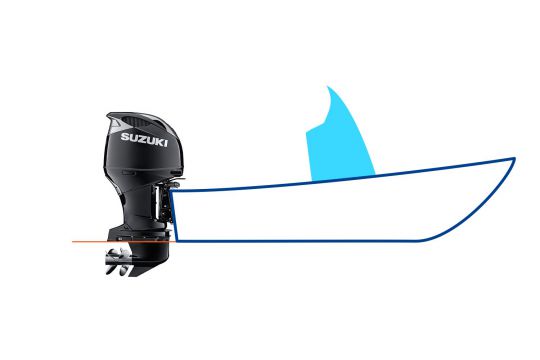
For outboard motors, this plate is aligned with the bottom of the hull by selecting the correct shaft length (at the time of motor purchase), then adjusted by positioning the fixing bolts on the transom.
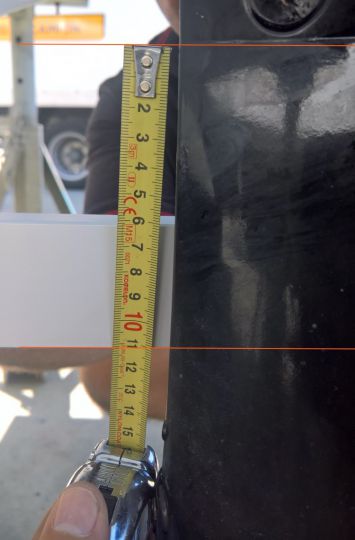
As each hull has its own characteristics and specificities, only a test under sailing conditions will validate the positioning of the engine:
- A plate that is too low will generate a sheaf in the wake of an overturned boat.
- If the plate is too high, the propeller will ventilate when turning with an inoperative trim effect.
In both cases, the height will have to be readjusted and a new test carried out.
Finally, maintaining a clean hull is also an essential point in propeller performance.
Work of professionals, reserved to the boat builders, engine manufacturers or the installer, experience plays a big role in the installation and position of the propulsion system.
